Discover the beauty and versatility of Hameln Fountain Grass. Learn how to grow, care for and incorporate this ornamental grass into your landscape design.
Hameln Fountain Grass (Pennisetum alopecuroides ‘Hameln’) is a popular ornamental grass known for its graceful, arching form and soft, bottlebrush-like plumes. This compact variety of fountain grass adds texture and movement to gardens, making it a favorite among landscapers and home gardeners alike.
Here’s an easy-to-read chart for Hameln Fountain Grass:
| Category | Information |
|---|---|
| Botanical Name | Pennisetum alopecuroides ‘Hameln’ |
| Common Name | Hameln Fountain Grass |
| Plant Type | Ornamental Grass |
| Hardiness Zone | USDA Zones 5–9 |
| Sun Exposure | Full Sun |
| Soil Type | Well-drained, loamy, or sandy soil |
| Watering | Moderate; drought-tolerant once established |
| Growth Habit | Clumping, mounding |
| Height/Spread | 2–3 ft tall / 1.5–2 ft wide |
| Special Features | Compact size, deer-resistant, drought-tolerant, showy seed heads, year-round interest |
About Hameln Fountain Grass
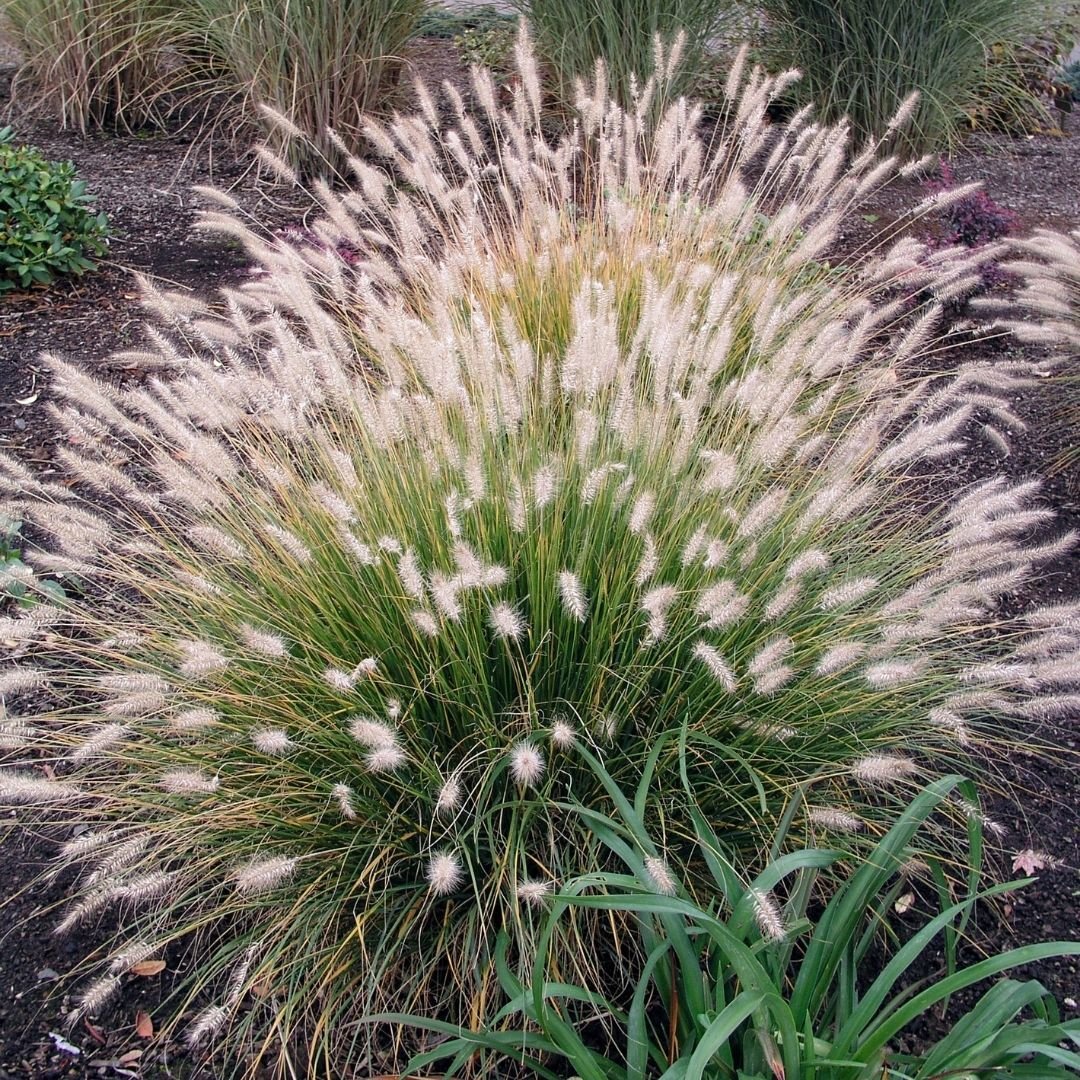
Hameln is a dwarf cultivar of fountain grass with these characteristics:
- Height: 2-3 feet tall
- Spread: 2-3 feet wide
- USDA Hardiness Zones: 5-9
- Foliage: Green, turning golden in fall
- Flowers: Creamy white to light pink plumes
Learn more about fountain grass varieties
Growing Hameln Fountain Grass
Planting
- Best time to plant: Spring or early fall
- Soil: Well-draining, average fertility
- Sun exposure: Full sun to partial shade
- Spacing: 2-3 feet apart
Care and Maintenance
- Watering
- Water regularly during the first growing season
- Once established, it’s drought-tolerant
- Fertilizing
- Apply a slow-release fertilizer in early spring
- Pruning
- Cut back to 4-6 inches above ground in late winter or early spring
- Winter care
- Leave foliage in place for winter interest and protection
Detailed care guide for Hameln Fountain Grass
Landscaping with Hameln Fountain Grass
This versatile grass can be used in various ways:
- As a border plant
- In mass plantings for a dramatic effect
- As a specimen plant in containers
- Mixed with perennials in flower beds
- In rock gardens or along slopes
Companion Plants
Pair Hameln Fountain Grass with:
- Black-Eyed Susans
- Coneflowers
- Sedums
- Daylilies
- Russian Sage
Ideas for ornamental grass combinations
Propagation
Hameln Fountain Grass can be propagated by:
- Division
- Best done in spring
- Divide every 3-4 years to maintain vigor
- Seeds
- Sow seeds indoors 6-8 weeks before last frost
- Or direct sow outdoors after danger of frost has passed
Guide to propagating ornamental grasses
Potential Problems and Solutions
- Rust
- Symptoms: Orange pustules on leaves
- Solution: Improve air circulation, avoid overhead watering
- Crown rot
- Symptoms: Plant wilts and dies from the center outward
- Prevention: Ensure good drainage, avoid overwatering
- Self-seeding
- While not as aggressive as some grasses, Hameln can self-seed
- Solution: Deadhead before seeds mature if this is a concern
Common problems with ornamental grasses
Seasonal Interest
Hameln Fountain Grass provides year-round interest:
- Spring: Fresh green growth emerges
- Summer: Foliage reaches full height, plumes begin to appear
- Fall: Foliage turns golden, plumes mature to a buff color
- Winter: Dried foliage and seed heads add texture to the winter landscape
Hameln Fountain Grass is an excellent choice for adding texture, movement, and year-round interest to your garden. Its compact size makes it suitable for small spaces, while its adaptability allows it to thrive in various garden settings. With proper care, this ornamental grass will provide beauty and grace to your landscape for many years.
Whether you’re a seasoned gardener or a beginner, Hameln Fountain Grass is a low-maintenance plant that can enhance the visual appeal of any garden design. Consider incorporating this versatile grass into your landscape for a touch of elegance and natural beauty.
Explore more ornamental grasses for your garden

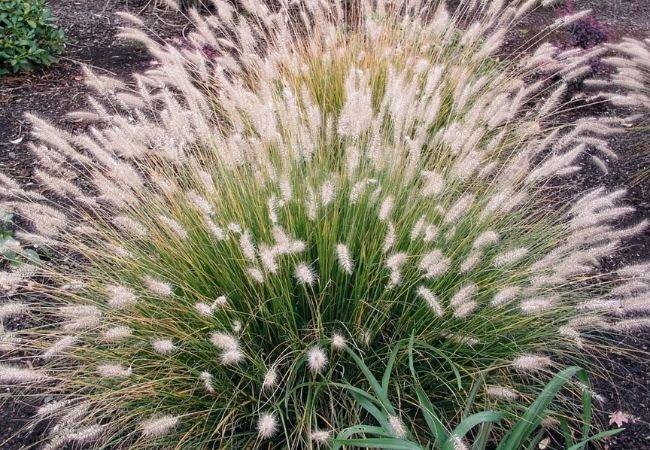
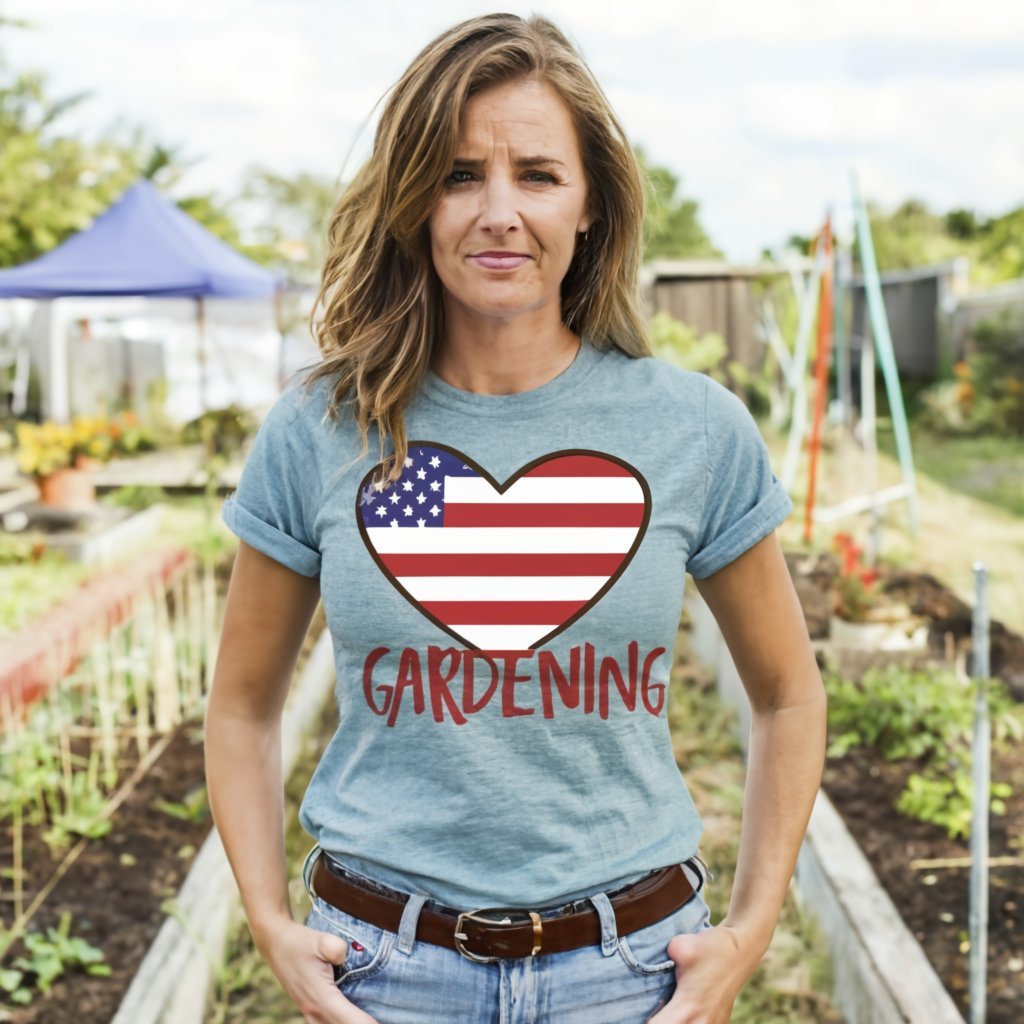

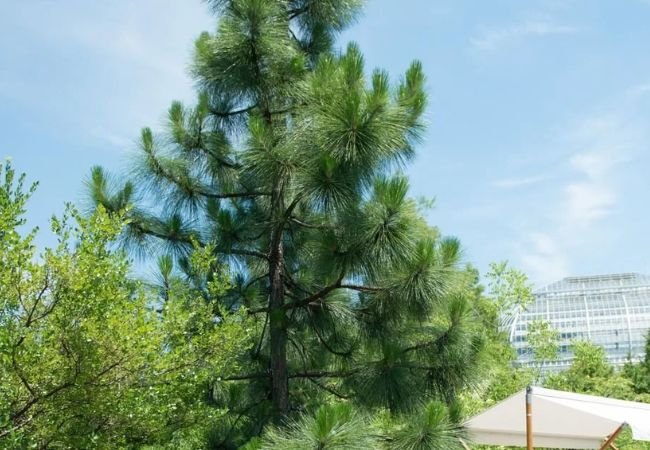
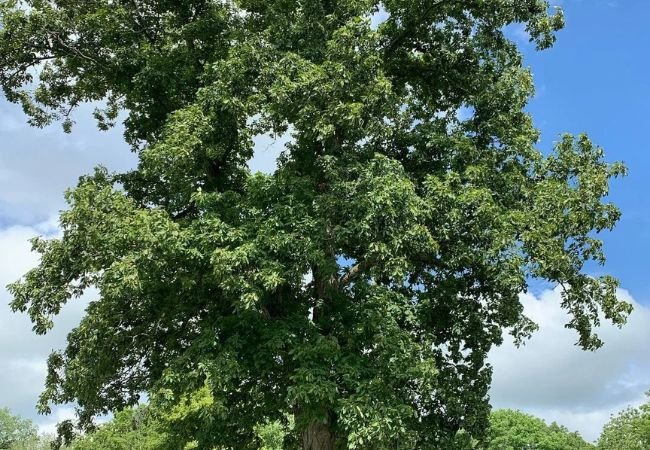

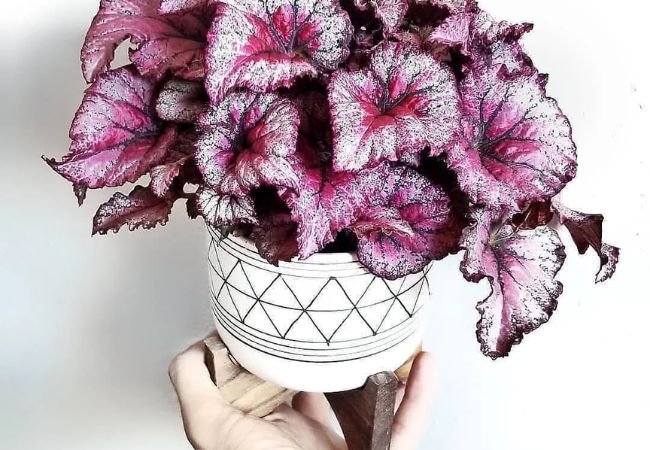
Leave a Reply